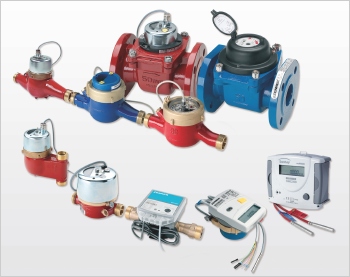Ensuring the RHI payments flow

Trevor S. Palmer of Sontay explains how best-practice metering is necessary for renewable-energy projects seeking to benefit from the Government’s Renewable Heat Incentive (RHI) scheme.
For the non-domestic sector, the Renewable Heat Incentive (RHI) provides a subsidy, payable for 20 years to eligible, renewable heat generators and producers of biomethane based in the UK. By providing a long-term financial incentive, the objective of the RHI is to significantly increase the proportion of heat generated from renewable sources.
By driving change in a heat sector, which is currently dominated by fossil fuel technologies, the RHI can help the UK meet its EU targets to reduce carbon emissions and improve energy security. In addition there is also the wider potential of developing ‘green jobs’.
Successful applications for the RHI subsidy is subject to the detailed scheme rules, with Ofgem responsible for implementing and administering the scheme on behalf of the Department of Energy & Climate Change.
Effective and correct metering is an essential part of the process. Participants are obliged to submit meter readings and other data on an ongoing process to trigger quarterly RHI payments. Regrettably, metering issues are causing issues with the implementation of the scheme.
A recently published Ofgem report notes that close to 40% of all RHI applications are delayed because of a lack of detail about system capacities, heat-meter compatibility or missing schematics. It went on to suggest that not only had around 25% of applications failed to provide basic details about their meters, but when sites were audited by Ofgem, many meters had not been installed correctly, resulting in the suspension of some users’ payments.
Metering in the UK is an area typified by inadequate specification, poor installation techniques and a lack of knowledge that completely compromises the performance of the meter itself. Let me explain why.
First, let’s take a look at the legislation. The 2010 Building Regulations require reasonable provision for the installation of energy meters in buildings with a floor area greater than 1000 m2 and which enable at least 90% of the fuel to be assigned to the various end-use categories (heating, lighting etc). Following CIBSE guidance ‘TM39: Building energy metering’ is advised to ensure best practice.
 |
| Access to the Renewable Heat Incentive scheme requires close attention to how heat is metered. |
Meanwhile, the European Commission’s Measuring Instruments Directive (MID) is also important. Approval to MID is required for meters used in any billing application, including heat and water meters, with instruments having to meet the general essential requirements of the directive plus one of 10 instrument-specific annexes. With the MID European Type Approval Certificate, an instrument may be freely sold and used in any European country. MID and the harmonised standard EN 1434 (which is widely used to prove compliance) deals not only with meter compliance but with the requirements for installation and maintenance.
So far, so good. The problems are in the detail of what actually happens on site. Problem one, as seen in the Ofgem report, is that the wrong meter is often used for an application.
Broadly speaking, there are two types of products: flow parts for water (water meters) and flow parts for heating (flow sensors). It is the latter that should be used for heat metering not the former. Far too frequently, this is just not the case. Too many building-services engineers simply select and install meters on price alone and not on whether the meters themselves are actually correct for the application.
Heat meters comprise three parts — a flow sensor to measure volumetric flow; a pair of matched temperature sensors and a calculator.
Many engineers are confused about flow meters designed for non-continuous flow (such as water meters) and those intended for continuous flow.
Water meters made for non-continuous flow typically have an upper temperature limit of +90°C and are generally limited to flow not exceeding three hours a day over six-years.
Flow sensors for heat meter applications typically have an upper temperature limit of +130°C and are designed for continuous flow 24 hours a day, every-day.
Water meters, if used for heat-metering (i.e. high duty or continuous flow) are unlikely to retain the accuracy over the normal 5-year lifespan of the product and should not therefore be specified or installed.
Specifying a water meter that is designed for non-continuous use and paired with a MID approved heat-meter integrator will render any installation inaccurate and irrelevant.
A MID approved integrator must be connected to a flow sensor to ensure accurate measurement and billing. MID product approval is determined by the international metrology institute, the PTB (Physikalisch-Technische Bundesanstalt – see first link below). Any changes made to the integrator must be carried out at a PTB approved laboratory. If modifications are carried out in the field, as they frequently are (such as reprogramming of an integrator), then the integrator is no longer accurate, will not meet the MID compliance requirement and cannot be used for billing purposes.
For the Government’s RHI scheme to fully take flight, applications must be easy to fill in and quickly accepted. Without the adequate precision guaranteed by properly installed and specified heat-metering devices, building occupiers will be more likely to make mistakes in their heat-data calculations, resulting in payments being delayed or withdrawn.
Trevor Palmer is managing director at Sontay.







